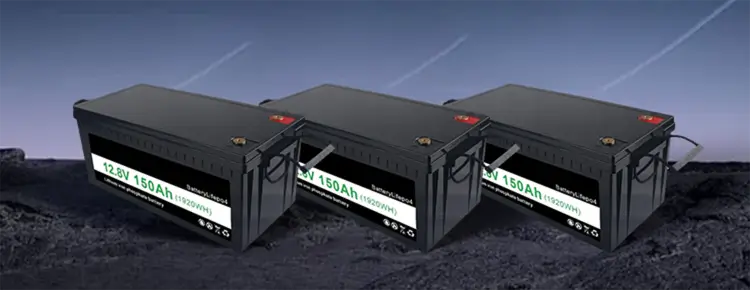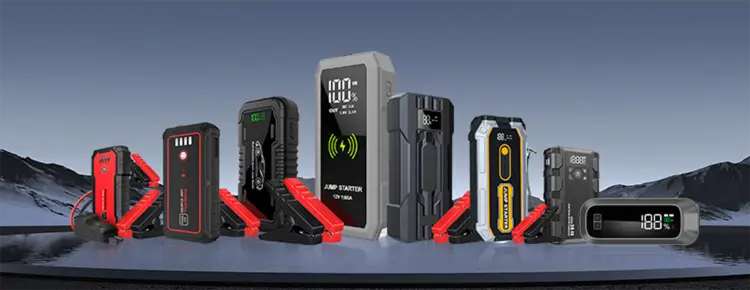



Blog
Hot Category
Latest Blog
27 May 2025
Flora
Portable power stations have gradually become an indispensable part of our modern life due to their flexibility and portability. Whether it is outdoor travel, family emergencies, or some special scenarios, portable power stations are very useful. What devices can portable power stations run? The following are some common types of equipment:

Electronic devices: mobile
phones, tablets, laptops, cameras, drones (charging).
Small appliances: desk
lamps, electric fans, humidifiers, low-power speakers.
Others: routers,
projectors (low-power models), car refrigerators (small capacity).
Kitchen appliances: rice
cookers (small capacity), juicers, coffee machines, microwave ovens (low
power).
Tools: electric
drills, small vacuum cleaners, sewing machines.
Entertainment equipment: TVs
(under 32 inches), game consoles (such as Switch, PS5 standby charging), mini
refrigerators.
High-power electrical appliances: refrigerators, air conditioners, induction cookers (portable), electric
kettles, electric baking trays, hair dryers (pay attention to the continuous
use time).
Medical equipment: CPAP
ventilator (sleep apnea therapy), small oxygen generator.
Outdoor emergency: electric
blankets, heaters (short-term use), power tools (such as angle grinders).
USB-C PD fast charging: can
charge laptops (such as MacBook) and mobile phones that support fast charging
at high speed.
Car charging interface (12V/24V):
car air pump, car vacuum cleaner, car radio.
Solar charging: some models support solar panel charging, suitable for camping or off-grid use.
Power matching: The
total rated power of the load equipment ≤
the rated power of the portable power station (especially the starting power of
motor equipment may be doubled).
Capacity calculation: A
500Wh power station can power a 50W device for about 10 hours (actually
affected by efficiency loss).
Inverter type: Pure
sine wave inverters are suitable for precision electrical appliances (such as
medical equipment), and modified sine waves may damage some equipment.
Extreme environment: Low
temperature will reduce the performance of lithium batteries, and high
temperature may trigger a protective shutdown.
Camping/outdoors: lighting,
rice cookers, drone charging.
Home emergencies: routers,
mobile phone charging, small medical equipment.
Construction sites/shooting: photography lights, small power tools.

When choosing, you need to match the power and capacity according to your needs (for example, if you frequently use electricity outdoors, we recommend 1000Wh or more + solar charging). Here I recommend our YD-T30 Portable Power Station, which has high power and large capacity, and can meet the needs of outdoor camping and family emergencies. In particular, it has wheels, which makes it easy to carry and move. I hope this blog can help you better understand the purpose of portable power stations and bring more convenience and security to your life.